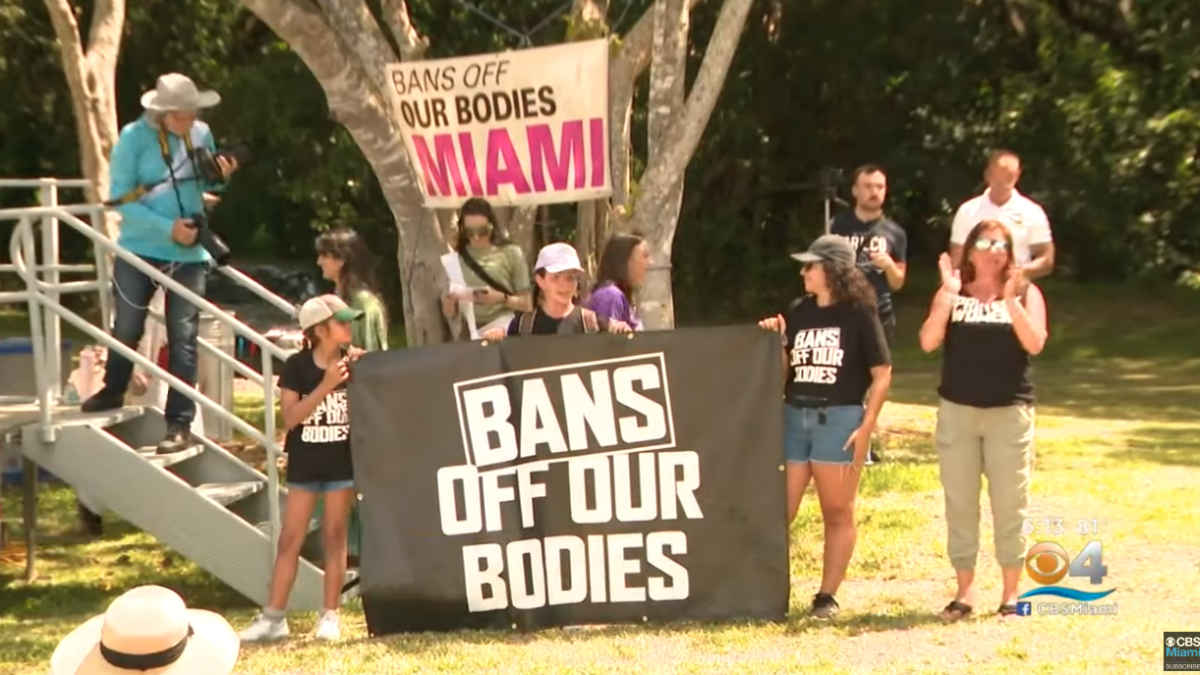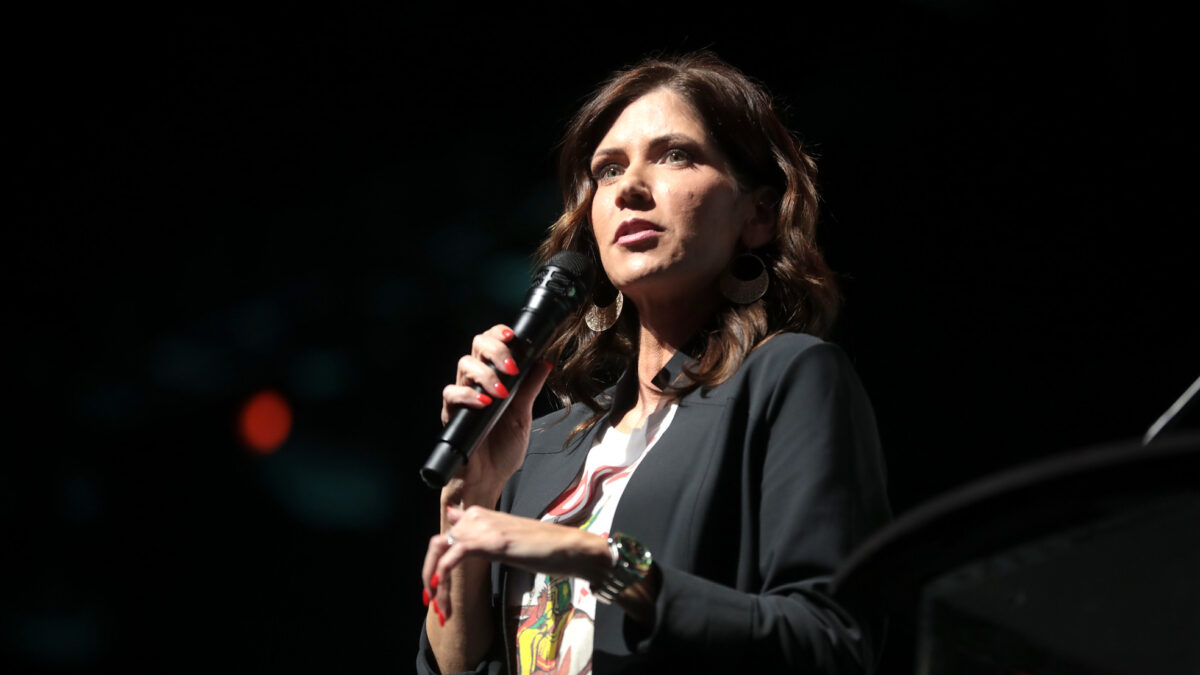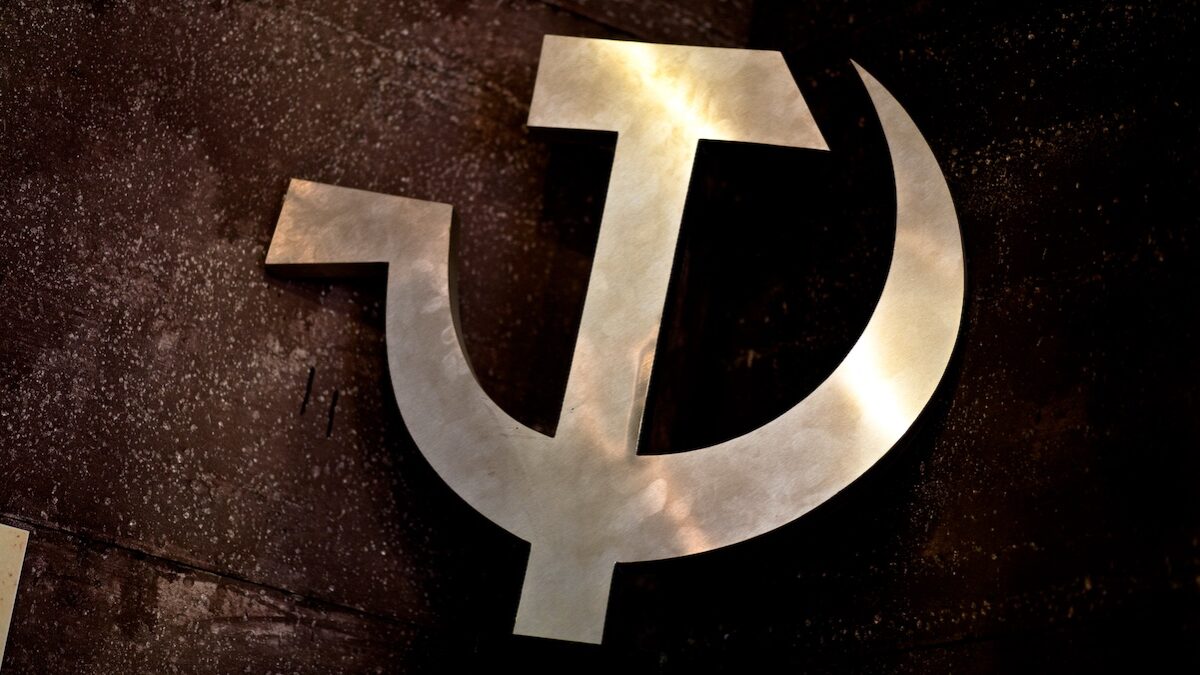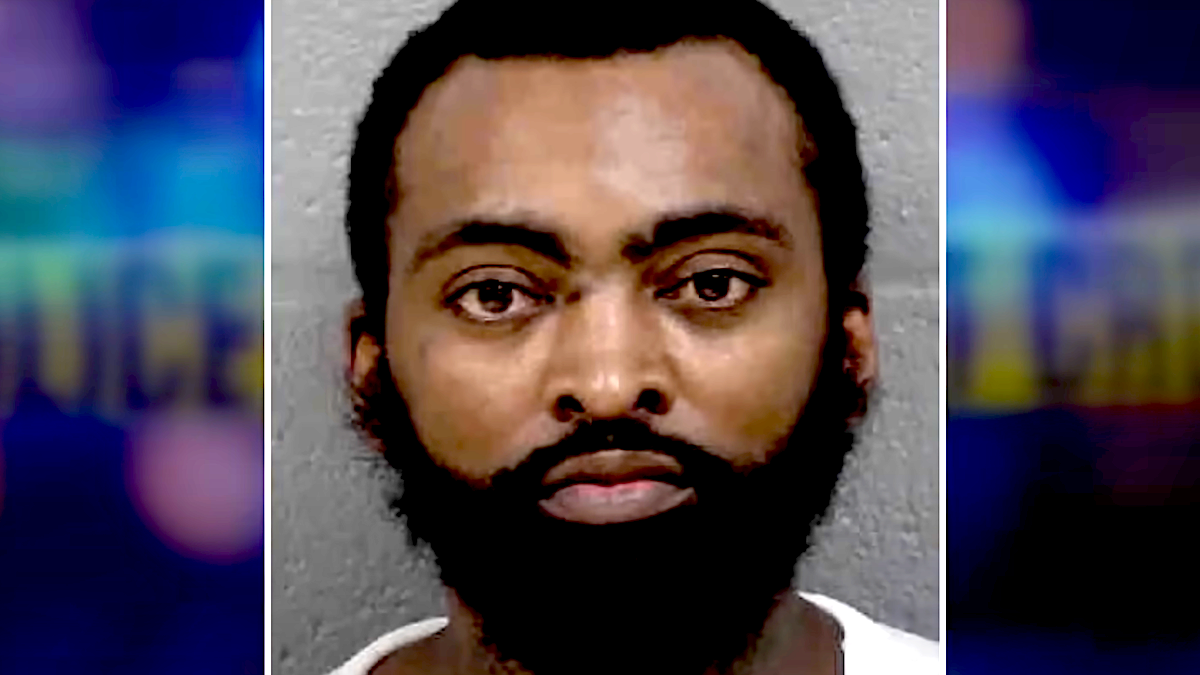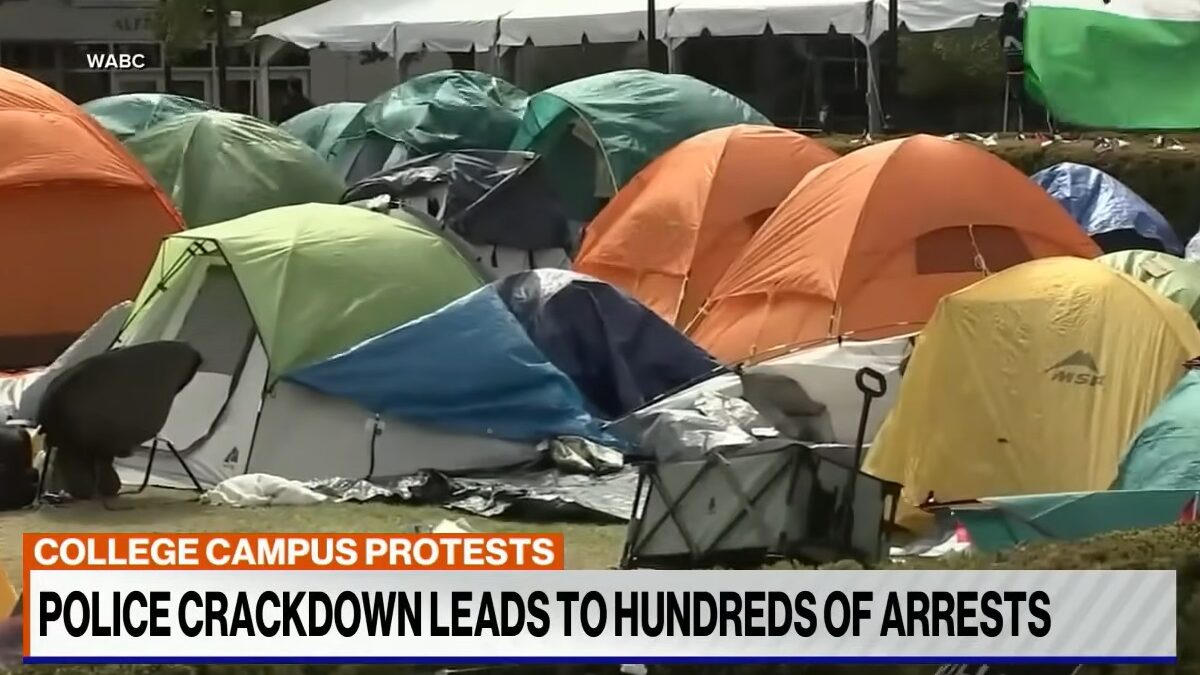At the core of the multiculturalist credo is the idea that there are no better or worse ways of doing anything cultural. There are just different ways, all of which can and should be perfectly equally embraced and celebrated (with the exception, of course, of all ways that can be associated with “colonizer/oppressor” peoples). The doctrine of cultural relativism in anthropology gets at it with clarity. All cultures came up with their own unique ways, through whatever cultural challenges they faced. And each one is perfect in its own way, and there is no way to evaluate them.
This is, of course, foolishness.
But around this time of year, I find myself in the rare position of tipping my hat to a cultural practice that the multiculturalist despisers of American culture love to celebrate, even if they always do it in a way that distracts from the actual content of the practice, which is both conservative and Christian — two things the multiculturalists dislike intensely. This is the Mexican cultural practice of the Día de los Muertos, or the Day of the Dead.
Beyond Celebrating the Dead
For those with no knowledge of this important piece of Mexican culture, and especially if you have young children, I highly encourage you to have a look at the 2017 film “Coco.” It gives a fairly accurate presentation of the meaning of the ritual in traditional Mexico in terms that even a child can understand.
Abuelita Elena’s explanation to Miguel is admirable in its passionate succinctness. The essence is the celebratory remembrance of family members who have passed from this realm, of our eternal love for them, and their love for us. But it goes beyond that.
Perhaps the most basic element of the Day of the Dead is erecting the familial ofrenda. The ofrenda, or offering, is a display in the home of the members of the family who have passed on. You can use a multilevel table, old packing crates, boxes, or just about any structure to make it. Decorated with colorful cloth and paper, the display consists of photos of the beloved deceased, food and drink they preferred in life, candles and marigolds and incense to attract them to the warmth of our homes, perhaps some calaveras, or skulls, which are the forms our beloved ancestors now wear.
Day of the Dead is still celebrated in its intimate essentials in Mexico. It is also celebrated in other ways in urban parts of the country. In these parts of the country more distant from tradition, it is seen as a kind of Halloween-like party, dedicated simply to putting on costumes and symbolically poking fun at death.
Day of the Dead exists in the United States too — almost entirely in a form consistent with the rapidly secularizing culture dominant here, which reads the event as a “celebration of life” and a time to remember those passed, who are understood as gone forever.
Christ Conquered Death
But in Christian elements of its foundation is something central that is missed in secular celebrations of Day of the Dead and by those who are increasingly separated from religious faith. It is the belief that the communities of the dead and of the living are always in fact one community. They are temporarily separated by the vale of tears, but the community of the dead is not simply extinguished. They remain spiritually alive, if separated from our world.
On the Día de los Muertos, we honor and remember them, pray for them, ask them to aid and pray for us, and we joyfully anticipate the eventual coming together again of our two communities in the world to come.
Day of the Dead is actually two days: the Day of the Little Angels (Nov. 1), which is oriented toward deceased children, and the Day of the Faithful Departed (Nov. 2), focused on adults who have left us. In the Christian calendar, these are the dates of All Saints’ Day and All Souls’ Day, which date respectively from the seventh and 11th centuries. During Mexico’s Christianization, the Catholic Church syncretically took indigenous practices related to the remembrance of the dead and integrated them into a fundamentally Christian belief system, creating the Day of the Dead.
Some critics see the Day of the Dead as ancestor worship, which is opposed by Christianity in the most straightforward way. Yet it is not the ancestors themselves or death that are worshipped. What is celebrated is our bond with the departed community.
What is worshipped is God’s conquering of death, which allows that bond to go on forever. The idea of a recognition of the community of the living and the dead, a spiritual community that exceeds the community we see in the material world of our present lives, is deeply consistent with Christianity.
The Christian underpinnings of the Day of the Dead are what make it of interest to those who are, for good reasons, uninterested in multiculturalism in its current relativist and divisive forms. For they reveal a ritual deeply consonant with the Christian view that death is not the end and that our loving bond to those who have gone before us is perhaps the most important social tie we have in this world.
A love for the past and for those who came before us is consistent with a holistic view of the human world. That world is made of three communities: those here now, those who have lived and died and await us, and those yet to come. Our unity is in the spiritual life that animates us all, and the truth of the Christian claims about life and death are not merely one more claim in Relativism Land. They are a truth that unites believers across cultures and time. Day of the Dead is a wonderful opportunity to recall this unity.


